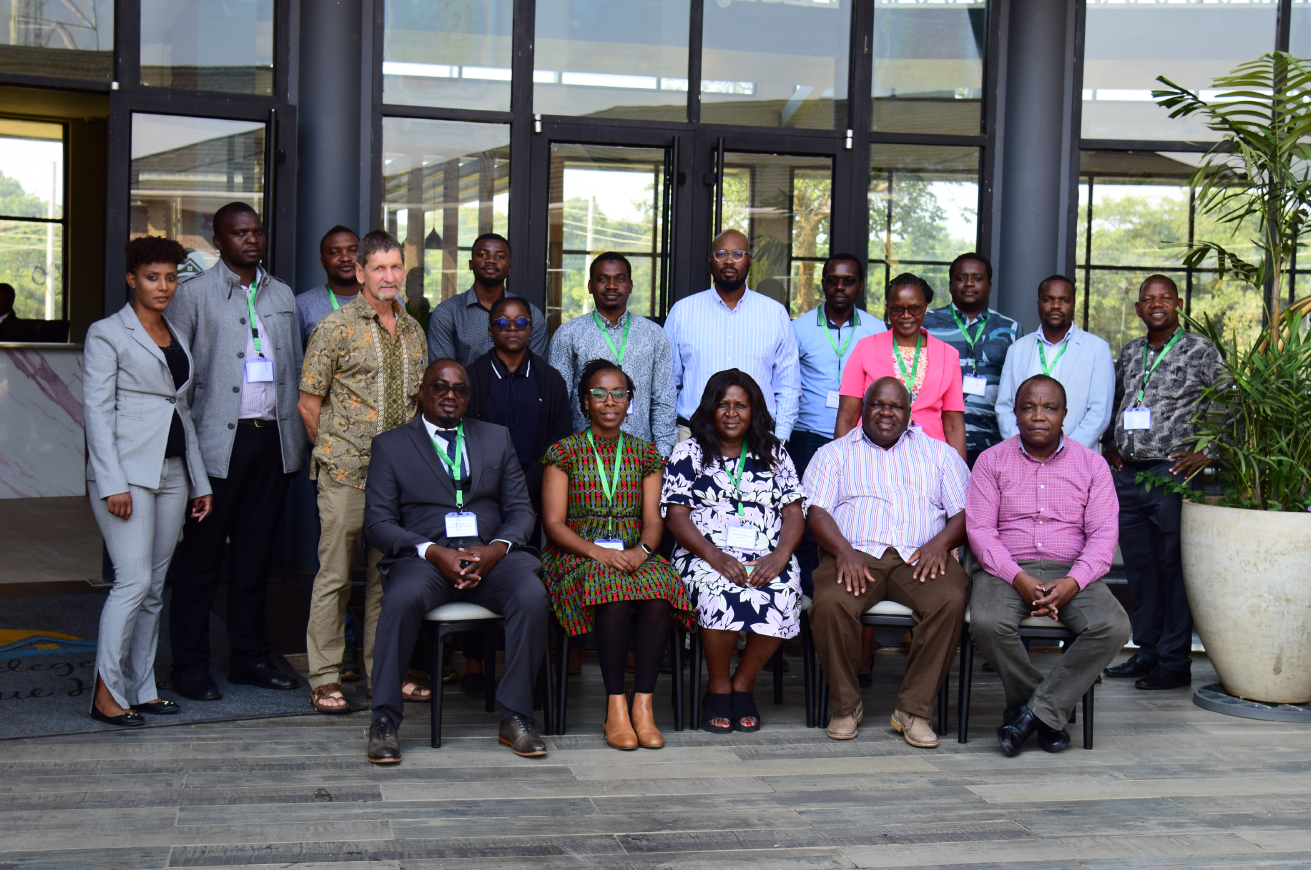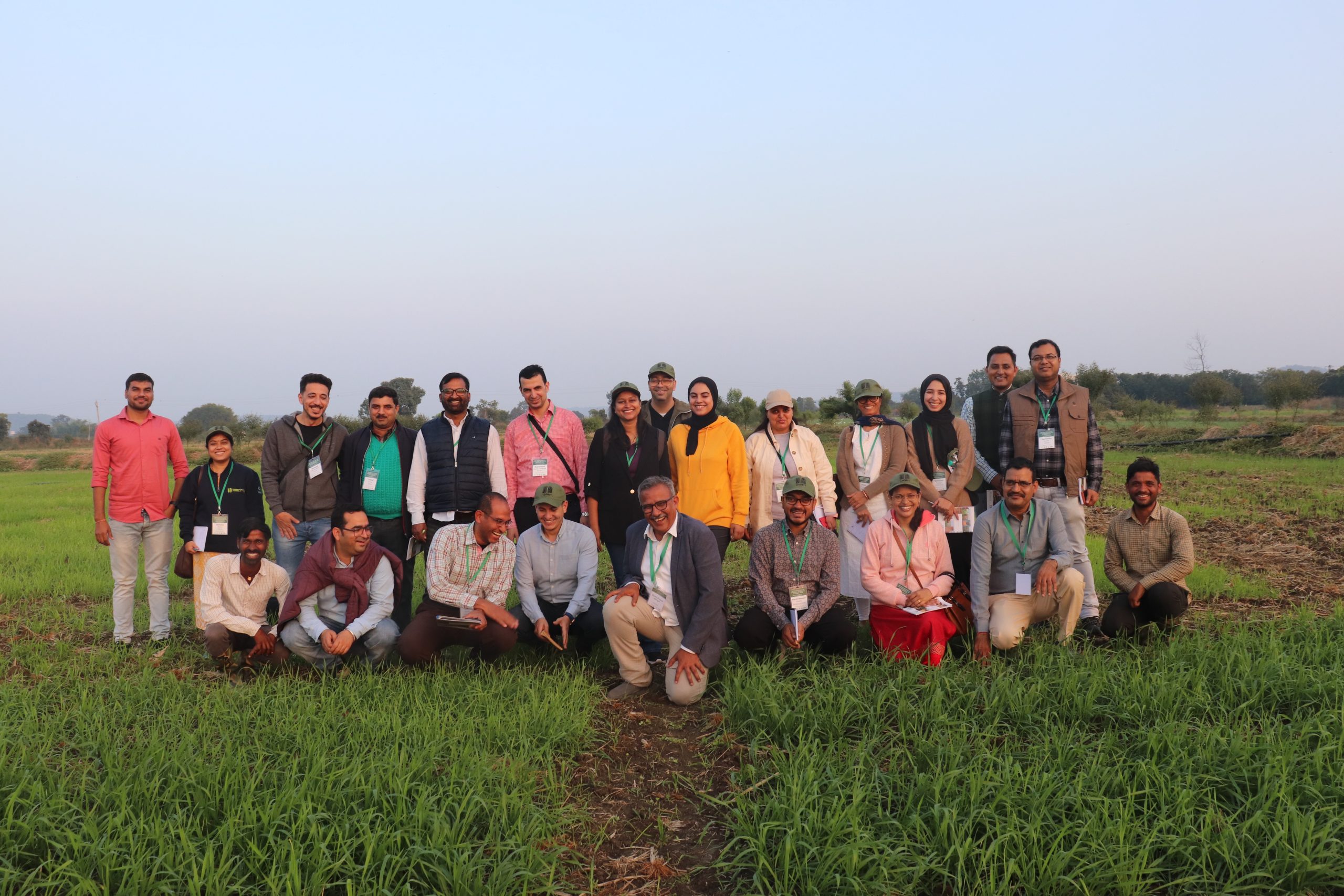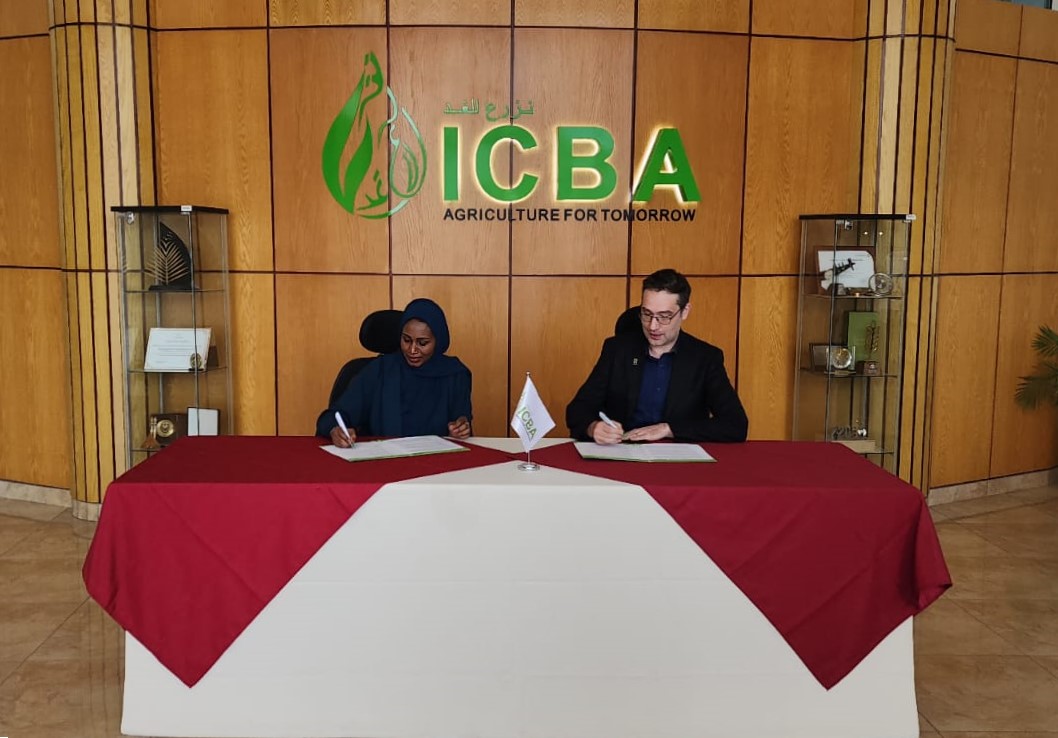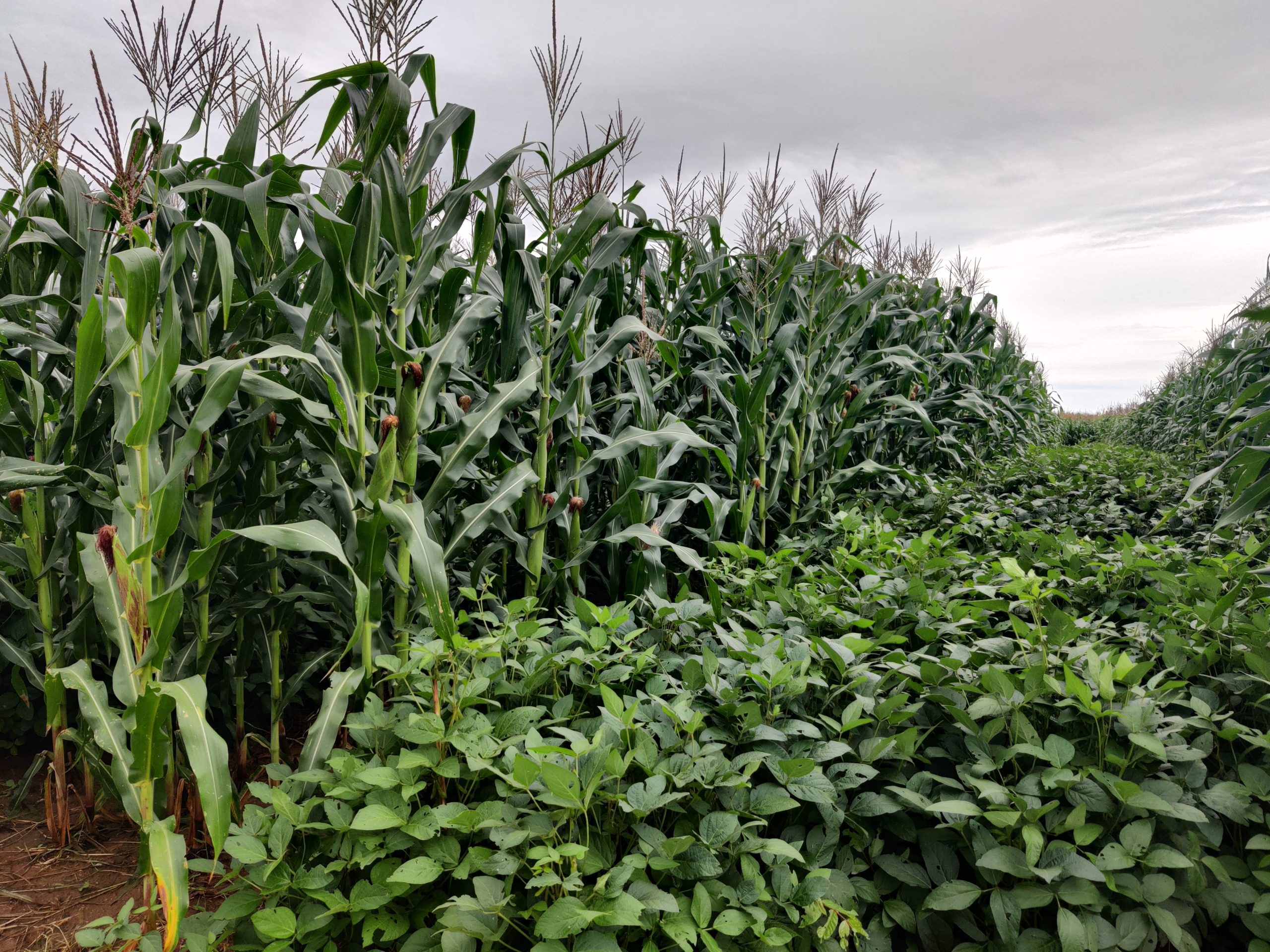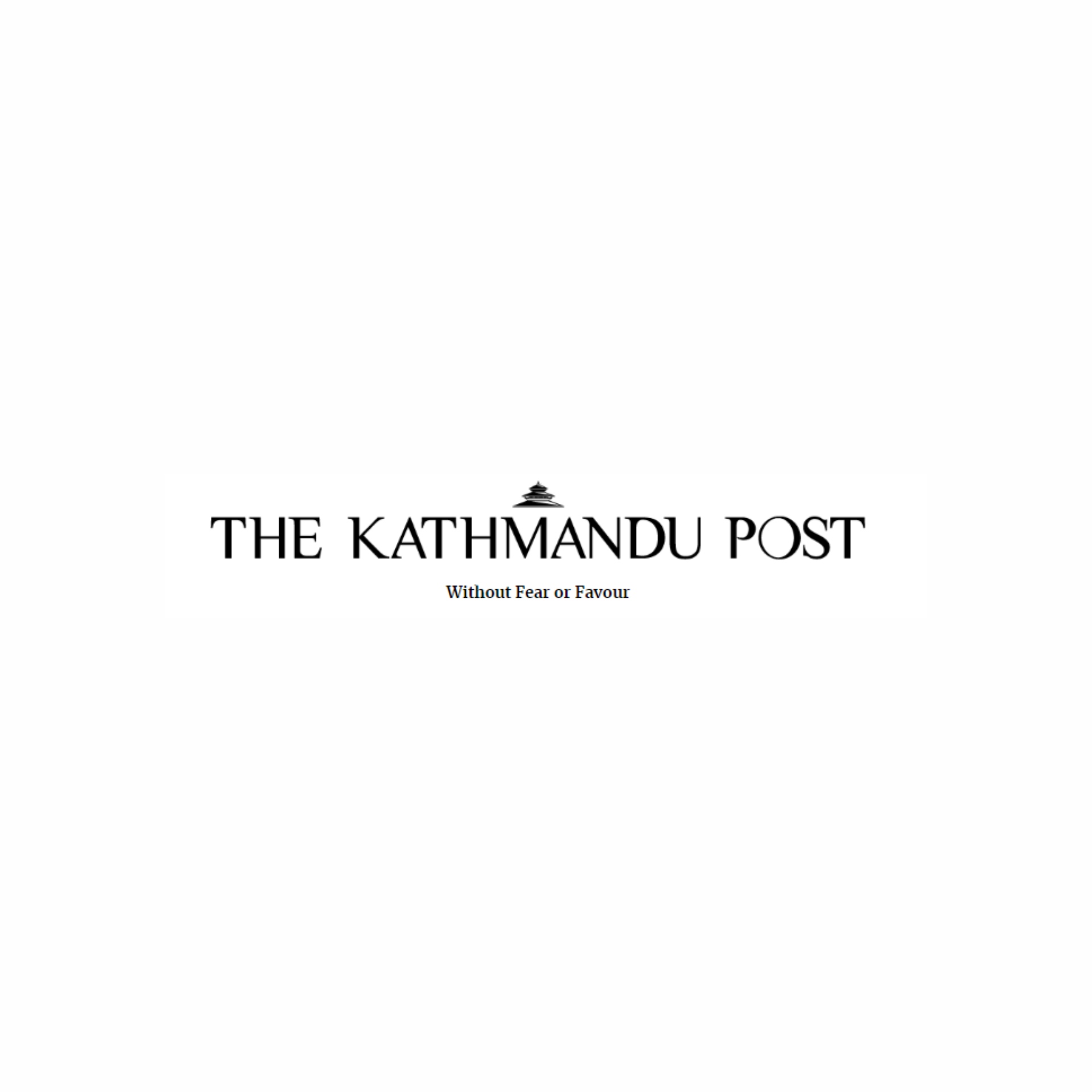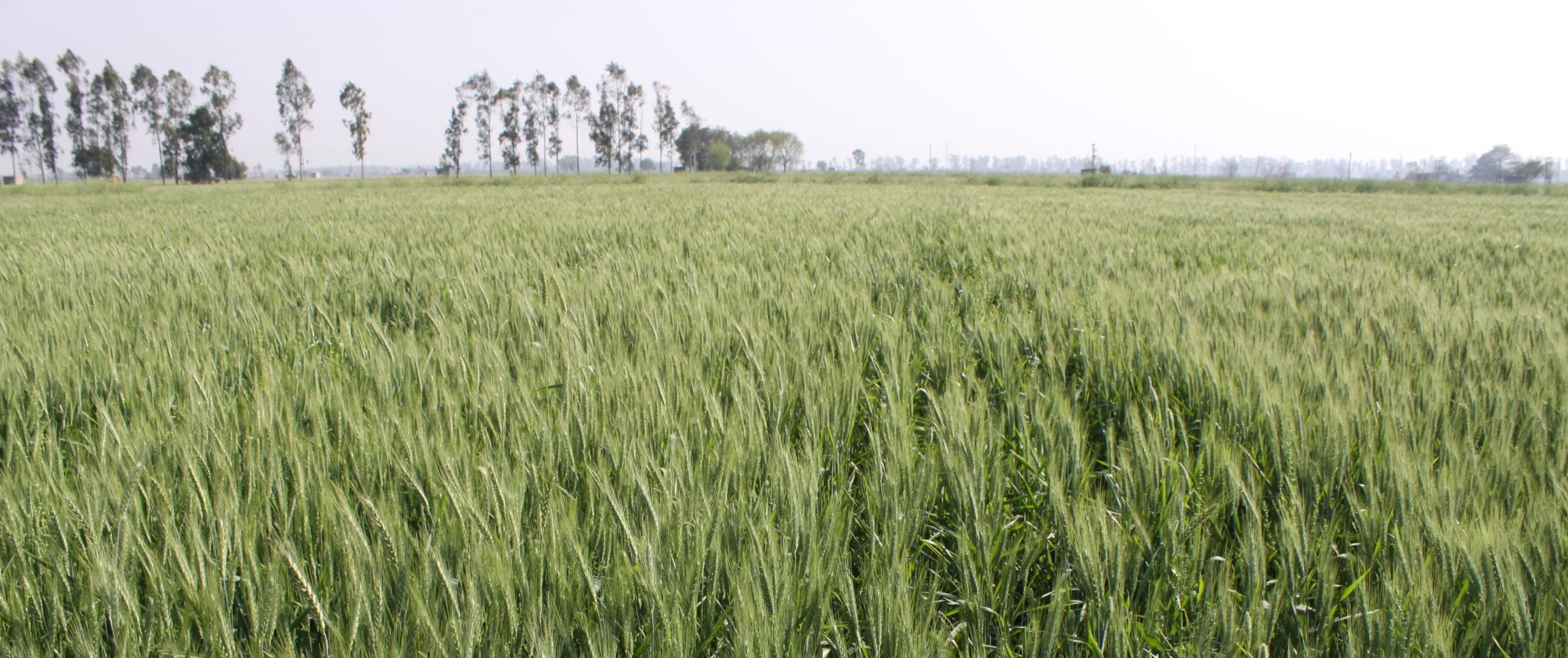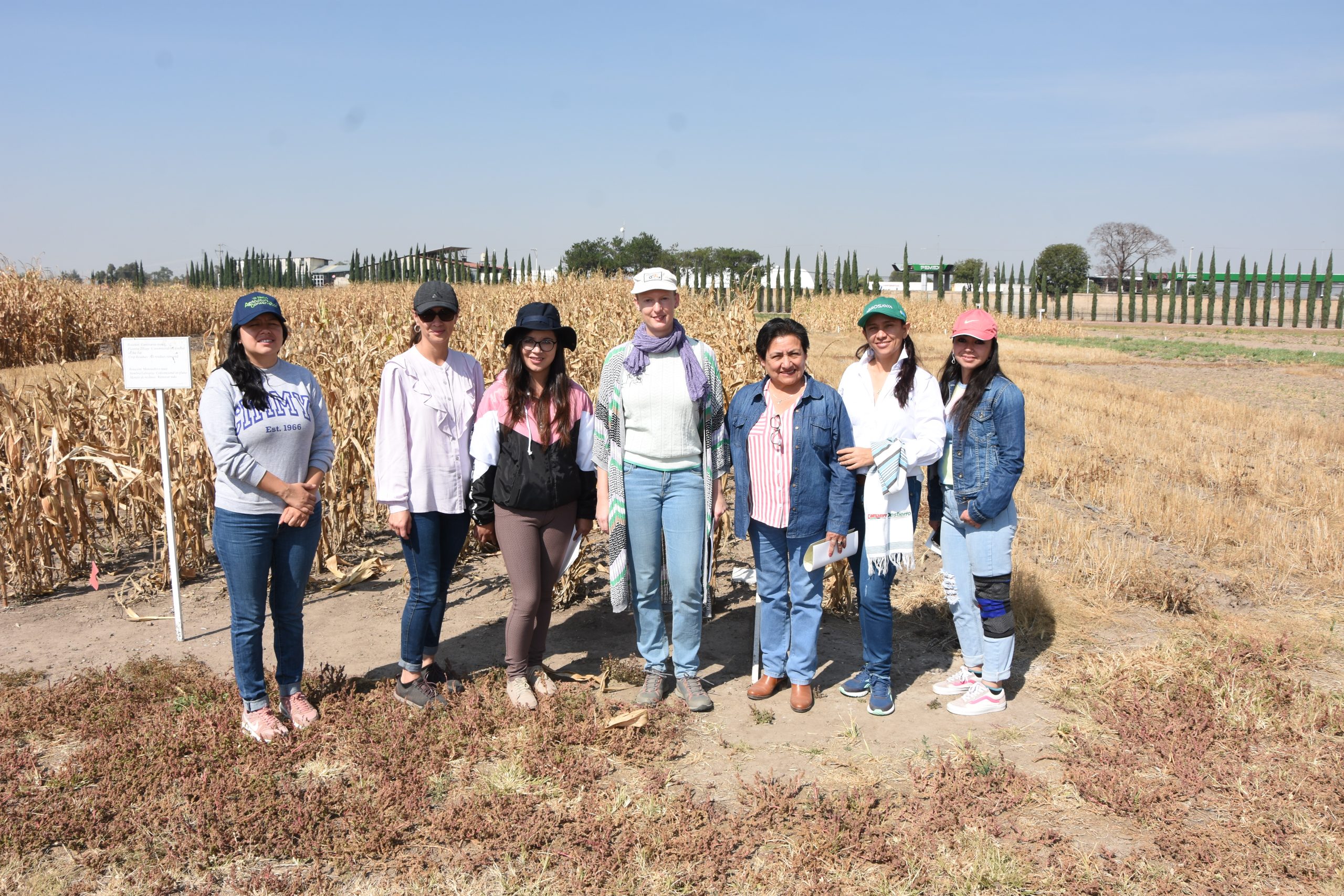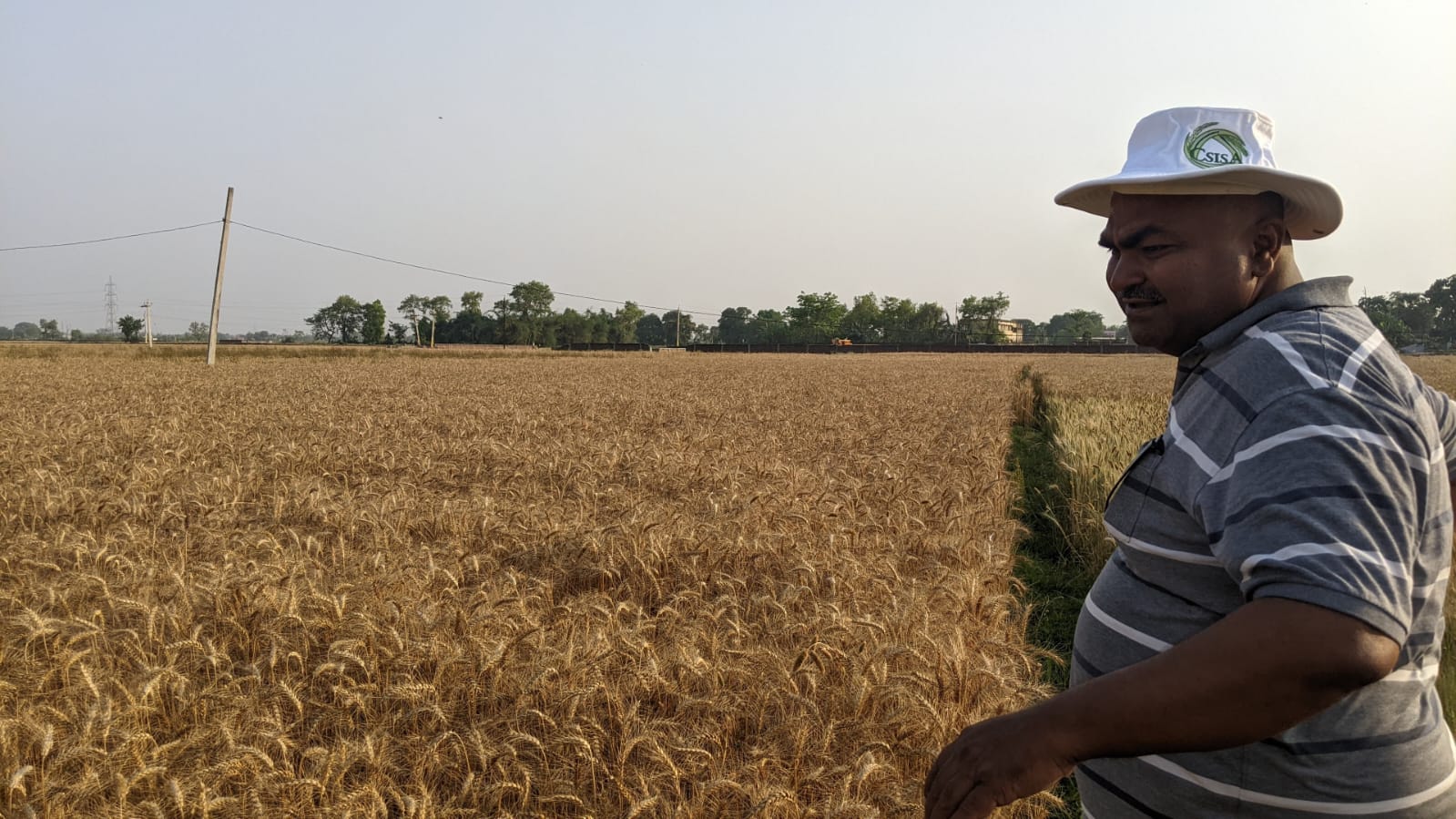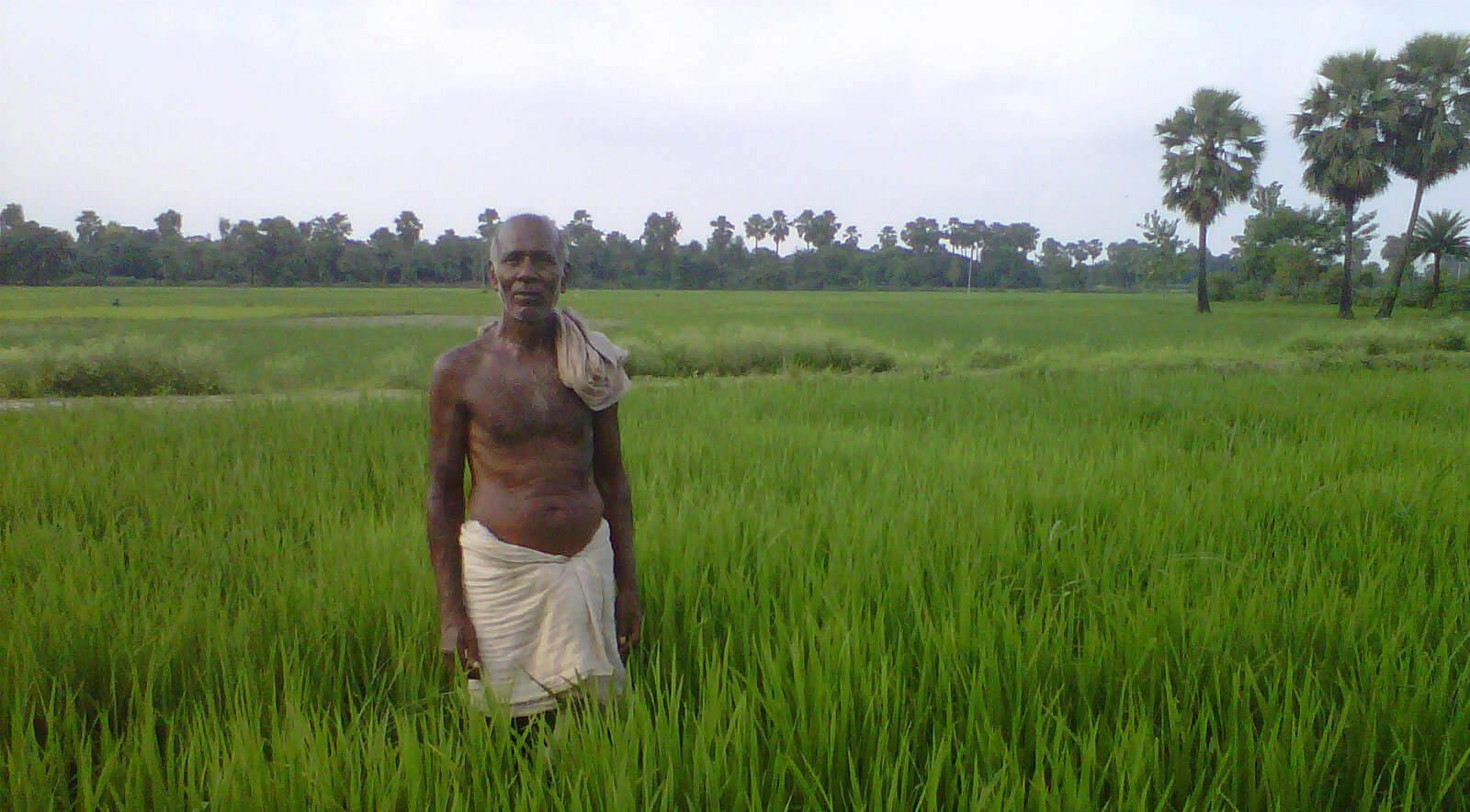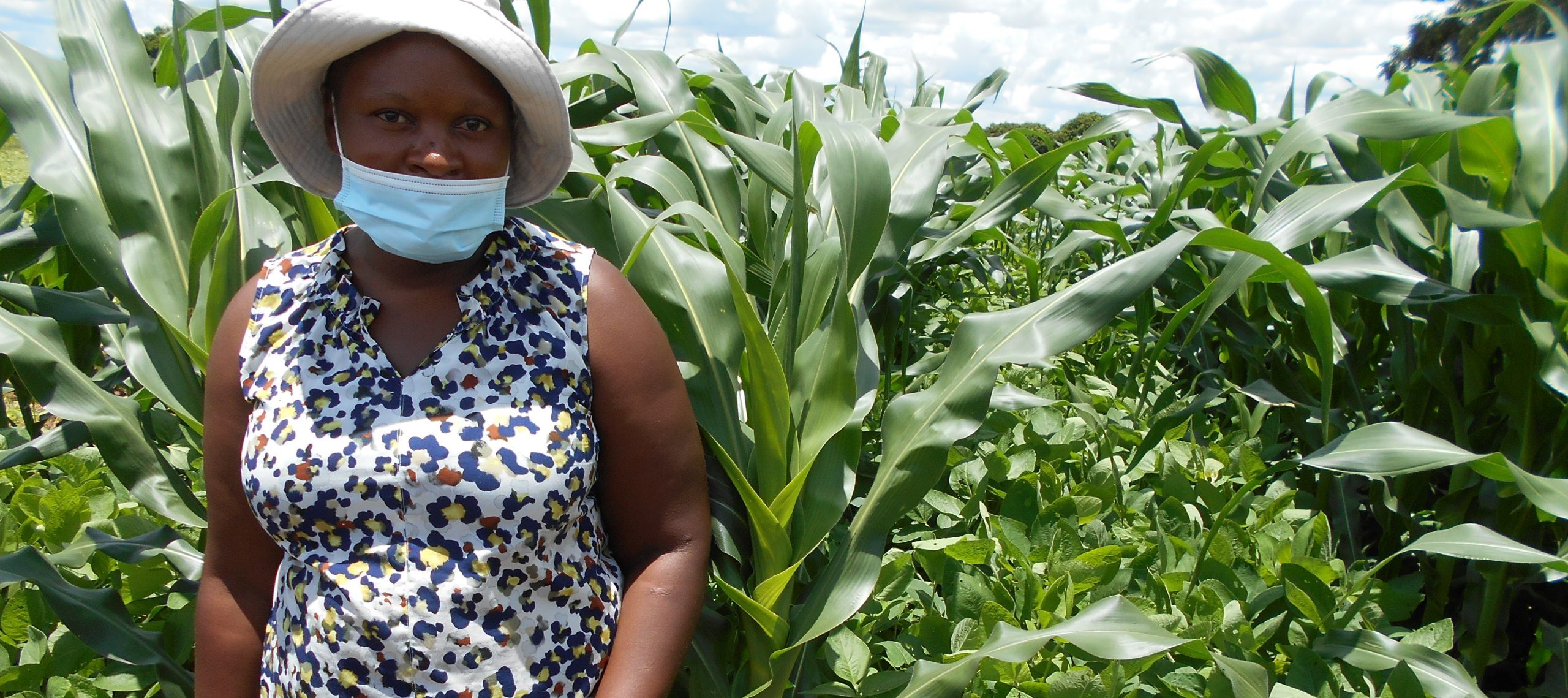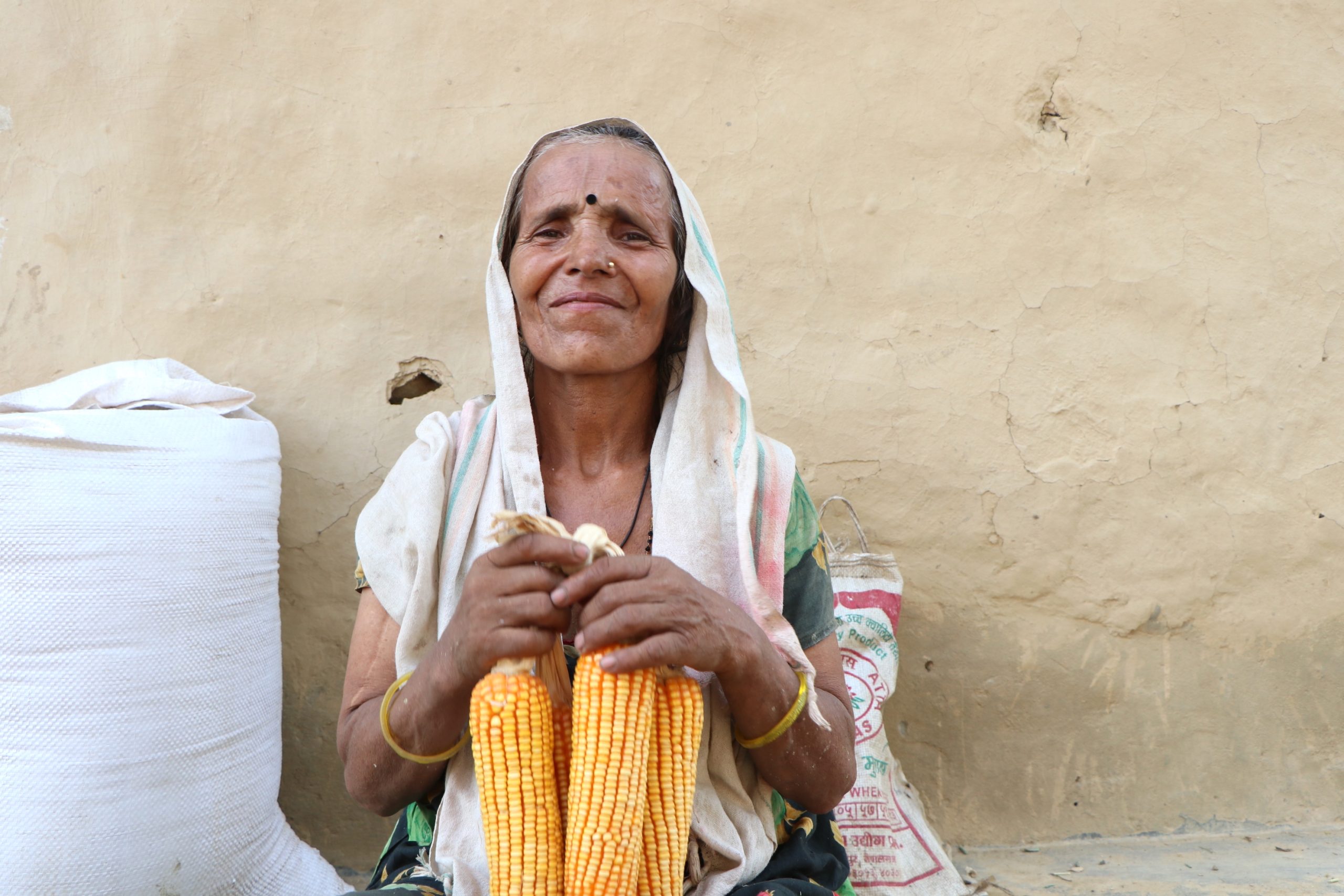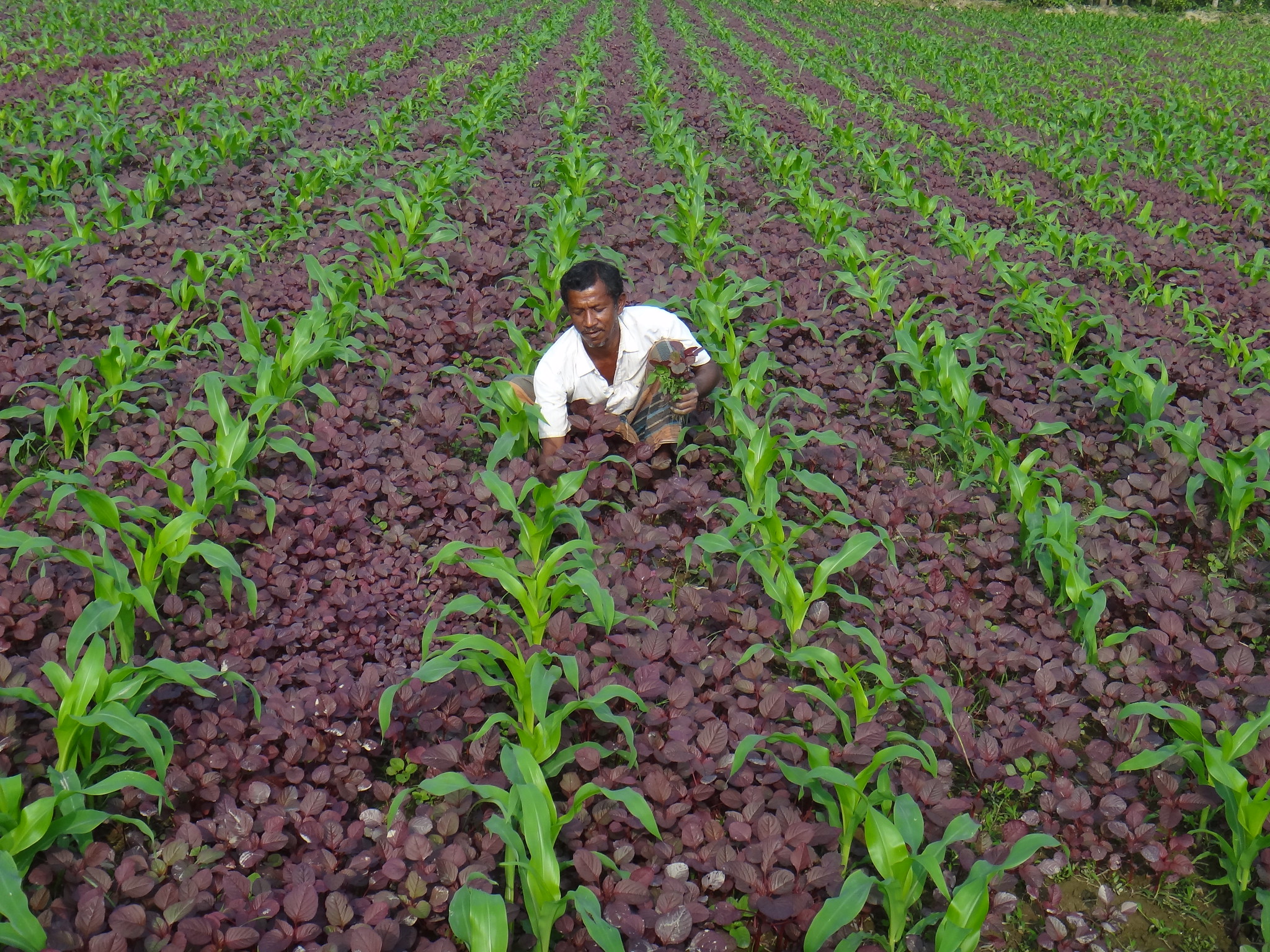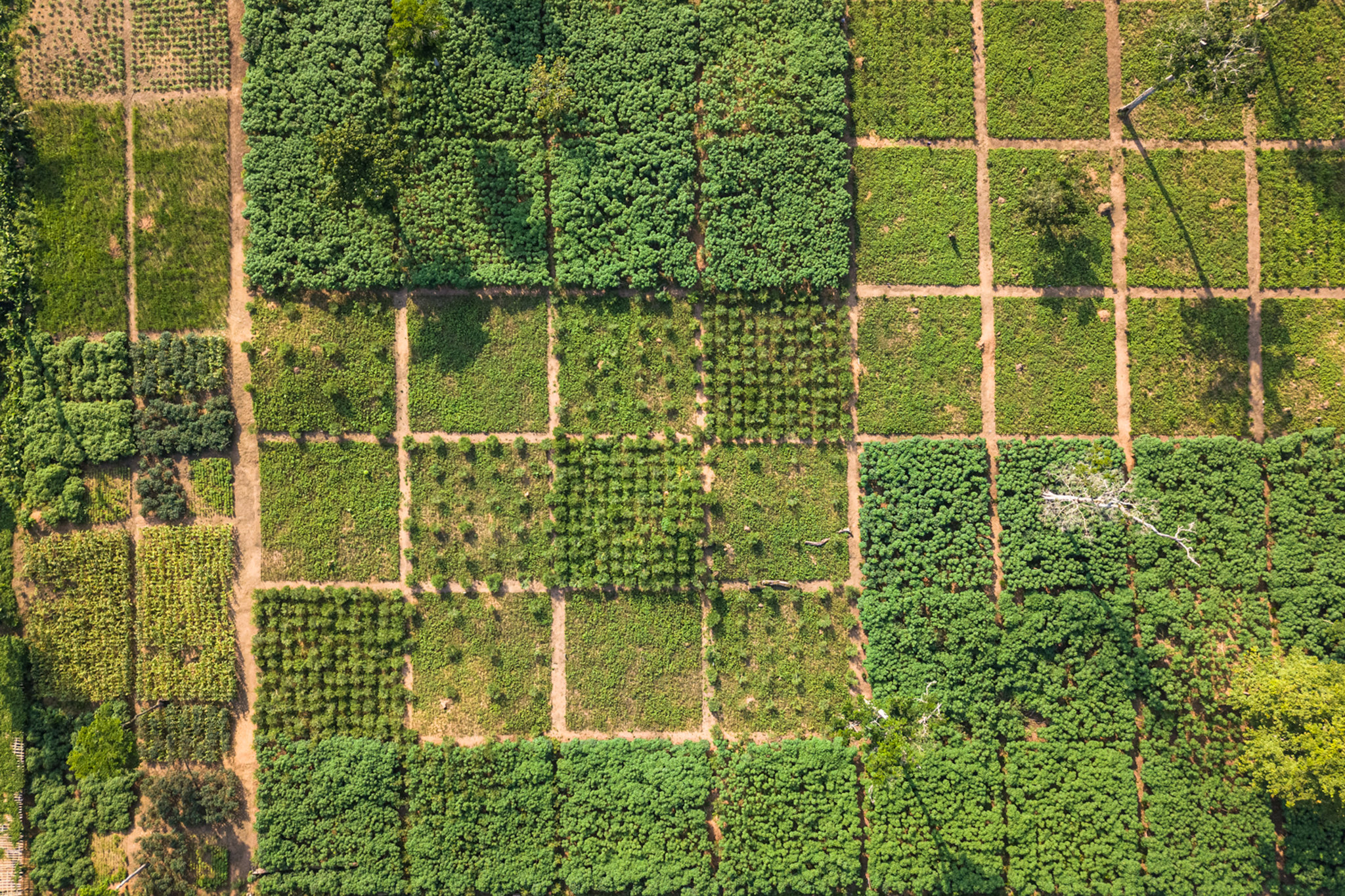sustainable intensification
Advanced training on conservation agriculture focuses on creating sustainable agronomic systems
 Capacity development
Capacity development
During the two-week training, jointly conducted by CIMMYT-BISA-ICAR, participants learned about innovative and cutting-edge research in conservation agriculture, visited industry, and interacted with farmers for first-hand impact.
Every drop of water matters: Leading global research institutes ally to aid farmers in dry and saline ecosystems
 Capacity development
Capacity development
Two world-class research-for-development centers will work to raise food production and livelihoods in croplands where water is the defining constraint.
Sustainable Intensification of Smallholder Farming Systems in Zambia (SIFAZ)
 Climate adaptation and mitigation
Climate adaptation and mitigation
Breaking barriers in agriculture
 Capacity development
Capacity development
Source: The Kathmandu Post (10 Oct 2023)
In Nepal, the collaboration between IWMI, CIMMYT, and local governments thus opened a promising path toward sustainable agricultural development, where the enthusiasm and involvement of farmers became the cornerstone of progress and innovation.
Conservation agriculture helps smallholder farmers to be more resource efficient
 Capacity development
Capacity development
A village in the Indian state of Bihar boasts 100% zero-till technology adoption, helping improve agriculture production and climate change mitigation.
A Mexican farm research program gains praise and interest for use abroad
 Climate adaptation and mitigation
Climate adaptation and mitigation
The Mexican government-supported research-for-rural development initiative MasAgro has raised maize and wheat yields and farm profitability while mitigating farmers’ risk and agriculture’s ecological and climate impacts.
New generation of farmers lead the way in making farming more productive and profitable
 Capacity development
Capacity development
Smallholder farmers increasingly benefit as the younger generation adopts mechanization and sustainable agri-technologies.
Latin American female scientists collaborate on CIMMYT-supported TechMaiz project
 Capacity development
Capacity development
Women researchers from Colombia, Ecuador, Guatemala and Peru work alongside each other on innovative project and build bonds in the hope of completing future projects.
A reluctant farmer changes the fortune of his inherited land
 Climate adaptation and mitigation
Climate adaptation and mitigation
Ravi Ranjan took to farming after the death of his grandfather and, despite his initial apprehension about working in agriculture, has never looked back.
Sustainability of rice production in the Northwestern Indo-Gangetic Plains
 Climate adaptation and mitigation
Climate adaptation and mitigation
Scientists determine nitrogen use could be reduced without impacting rice yields for sustainability of rice production in Northwestern Indo-Gangetic Plains.
Zambia officials promote sustainable maize cropping practices for small-scale farmers
 Environmental health and biodiversity
Environmental health and biodiversity
The new farming methods can raise harvests, enrich soils, and capture and conserve moisture.
From seed to feed
 Capacity development
Capacity development
CIMMYT experts share latest updates in efforts to achieve feed self-sufficiency and more sustainable agrifood systems in Nepal.
CGIAR Initiative: Sustainable Intensification of Mixed Farming Systems (SI-MFS)
 Poverty reduction, livelihoods and jobs
Poverty reduction, livelihoods and jobs
Getting to win-win: Can people and nature flourish on an increasingly cultivated planet?
 Climate adaptation and mitigation
Climate adaptation and mitigation
Faced with dramatic biodiversity loss and a growing population, should farmers “share” or “spare” land? Agricultural scientists weigh in, yielding a new perspective.
